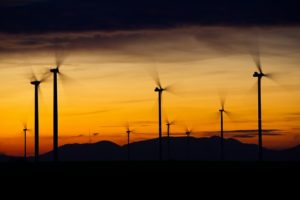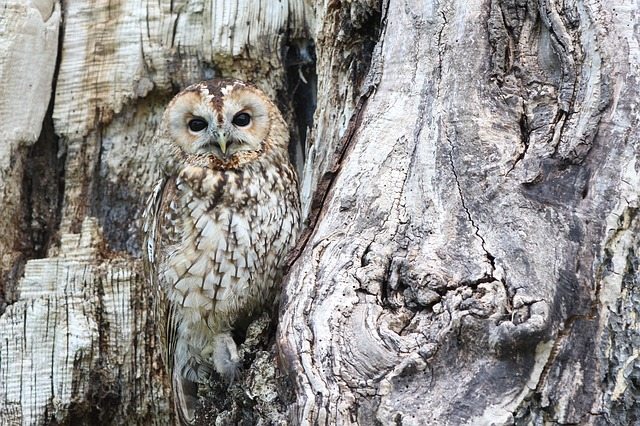Our traditional leadership frameworks were primarily developed and written in the 20th century. The 1900s also saw the rise of organizations. So many of our deeply held leadership assumptions were informed and formed by this context. Hence, management and positional leadership blurred together since most of our research on leadership was done by business leaders.
The 21st century is experiencing a paradigm shift from a machine-driven organizing metaphor to a biological-driven one. This shift to a century of biology means that our organizations must be understood as living systems – dynamic evolving organizations that are filled with energy.
This shift is why I wrote Leading from the Roots: Nature Inspired Leadership Lessons for Today’s World (2018). In a century that works more like a biological system instead of a mechanistic one, we need to rethink everything about leadership.
One of the areas we need to examine are the traditional leadership questions we use to build strategy and get things done in our organizations. Here is another new leadership question for a living system.
Instead of asking:How do I create change? | Try asking this:How do I transform the energy that already exists in the system? |
The Nature of Change
I am a bicycle rider. To start off on my ride, I push off and use my legs to power the bike down the trail. When I am not riding my bike, it doesn’t move on its own. It requires human energy to get it to move. When we think of our organization as a machine, inert and static the leadership question is how do I create change in my organization? The assumption is that organizational leaders drive change down through the organization, and without that leadership, the organization won’t change. In other words, an inert organization exists in a state of rest.
In the twentieth century, we saw our organizations as inert and that shaped how we thought about organizational change. For example, change needed to be initiated, it had to have enough resources behind it to create the change needed, and it needed additional resources to hold it in place once done.
This is the nature of change when you think your organization is machine-like. Language of “reengineering” is a result of this kind of thinking. If your organization is inert and it needs to adapt to the external environment, then we need to reengineer its components to reshape the machine into something that functions better.
Transforming Natural Energy to Create Change
Living organizations aren’t inert, they are in constant movement and changing all the time. Think of a garden. It is never the same from day-to-day, it is always growing. Even the sun changes its axis every day. Change is the natural state of the organization. So, the leadership question for a living organization becomes, “How can I transform the energy that already exists in the organization?”
If an organization is changing all the time, getting the organization moving isn’t necessary because it is already moving. The change strategy isn’t about initiating change but about transforming the energy that already exists so that the living organization does what it does best – adapt to changes in the external environment. A living system will help you achieve change if you let it.
Using Information and Feedback
The act of transforming energy requires distinct strategies and mindsets for the positional leader. Living organizations and nature are designed to adapt to changing conditions. Species or ecological systems that don’t adapt to changing external environments die. Nature adapts and changes through feedback. Species receive information and use that feedback to reinforce or shift behavior.
Living organizations also change with information and feedback. To transform the energy in a system, we use feedback to help the organization evolve and shift its direction to become more adaptive. Effective change is based on a need for the organization to adapt to the changing external environment. Instead of the leader seeing the need and driving the change, living organizations are constantly adapting by using the information and feedback available in the system.
When that information is available to employees and we articulate why adapting to the external environment is important to the organization and its employees, the energy that exists in the organization shifts to speed the needed adaptation.
This ends a series of blogs about how living systems requires us to ask new leadership questions. In summary, these are the five shifts in leadership questions that take our thinking from the 20th century to the 21st century. The second set of questions reflect the strategies that help a living organization thrive.
Instead of Asking: | Try Asking These Living Organization Leadership Questions: |
What do I need to control? | What can I unleash? |
Who can make this work? | What interactions will make this work? |
How do I avoid resistance? | How do I embrace resistance? |
How do I control individual actions? | How do I influence the field or organizational culture? |
How can I create change? | How can I transform energy that already exists in the system? |
Dr. Kathleen E. Allen is the author of Leading from the Roots: Nature Inspired Leadership Lessons for Today’s World (available for pre-order on Amazon) and President of Allen and Associates, a consulting firm that specializes in leadership, innovation, and organizational change. www.kathleenallen.net








